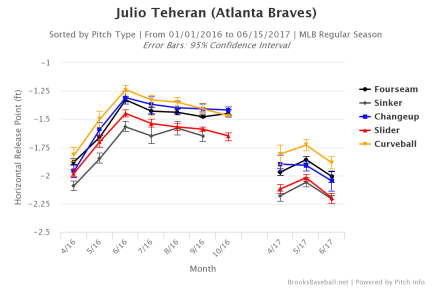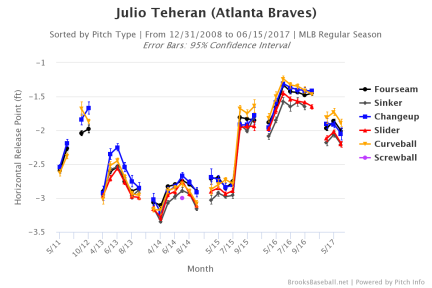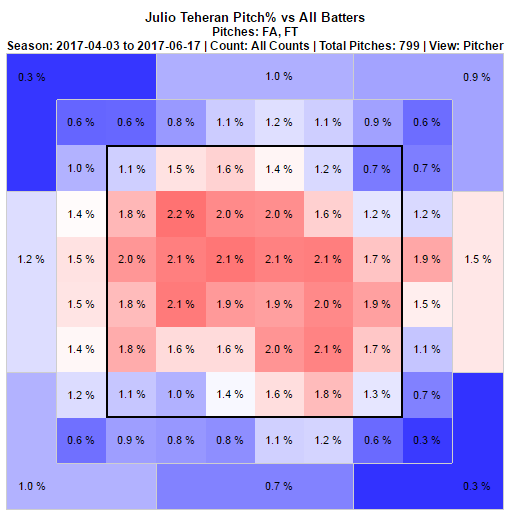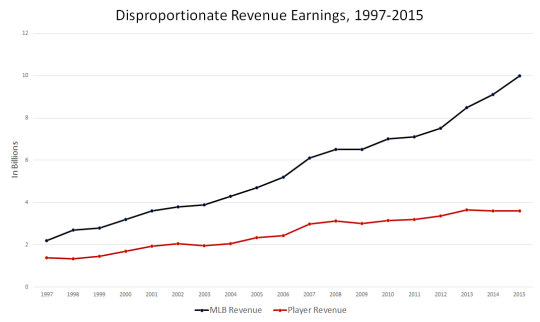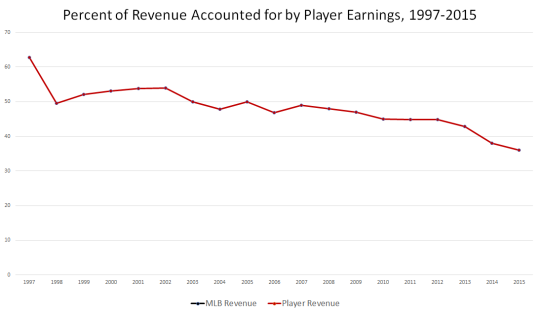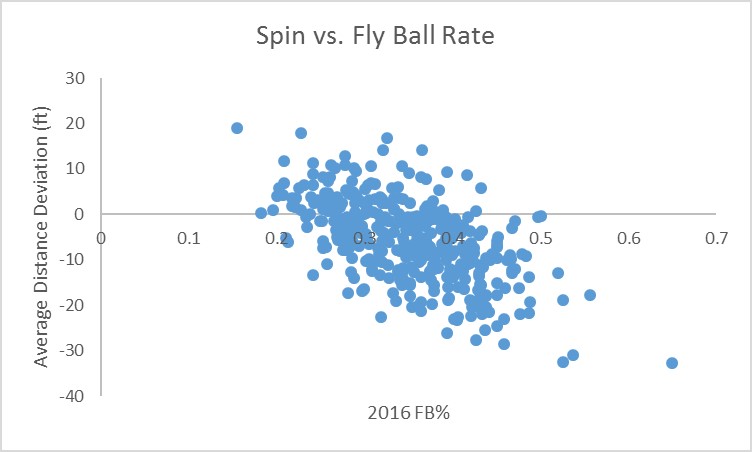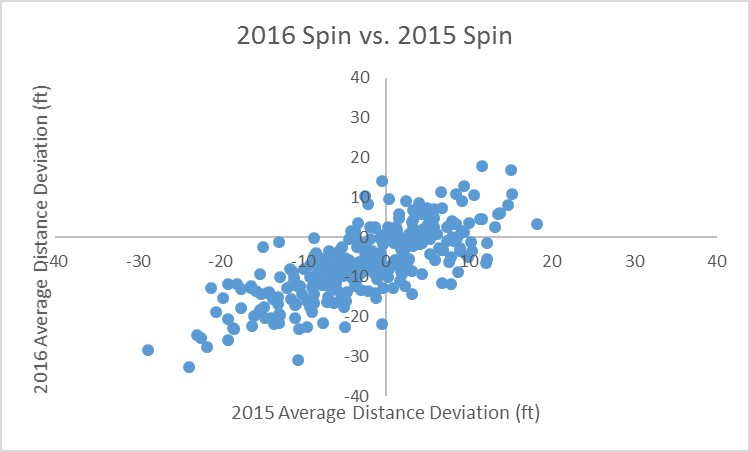Joey Gallo: Elite Baserunner?
In the boom-or-bust era of plate appearances, baserunning value has become less important than it’s been in quite some time, but it’s a fascinating part of the game in which you can literally steal a win here and there. Given that this fourth pillar of the game is a pillar nonetheless, here’s a list of the top six baserunners this year by BsR, with their stolen base and caught stealing totals as well (as of 06/18/2017):
|
Name |
BsR | SB | CS |
|
Billy Hamilton |
6.8 | 28 |
5 |
|
Xander Bogaerts |
6.6 | 8 |
1 |
|
Jarrod Dyson |
5.7 | 17 |
3 |
|
Dee Gordon |
5.7 | 25 | 3 |
| Paul Goldschmidt | 5.6 | 13 |
4 |
| Joey Gallo | 4.8 | 4 |
0 |
Some of the guys on this list are the burners you would expect to see, and Xander Bogaerts is a pretty athletic, fast guy. Paul Goldschmidt is a freak and has been far and away the best at baserunning among 1B by BsR since 1950 (relative to the smaller number of games he’s played), which is a highly underestimated part of his game.
Other than Goldschmidt, who you should already know is fantastic at everything in baseball, the name that really sticks out is Joey Gallo, the barrel-chested guy with an 80 power rating as a prospect who thumped homers at every level of the minors. He’s also hit some big ones in the majors; we’d be talking about his homers a lot more if Aaron Judge wasn’t doing his own thing in the Bronx. If you Google “Joey Gallo home run” and go to videos, words like “mammoth,” “crushes,” and “monster” pepper the results. Gallo is 6’5” and 235 lbs. In short, he’s not the guy you expect to be atop the BsR leaderboard, earning his team nearly half a win this year with his legs, especially given his low SB total.
So how has Gallo achieved this high level of baserunning despite clearly not passing the baserunning eye test? He is generally athletic, which he recently discussed. The obvious first take is that Gallo strikes out a lot, so he doesn’t have the opportunity to ground into double plays and negatively affect his BsR. This is true, to a certain extent, but doesn’t tell the whole story. Of the three components of BsR (UBR, wSB, and wGDP), UBR is the primary source of value for Gallo. This can generally be perceived as a measure of baserunning skill, as it looks at how often the baserunner takes extra bases in the same situations. This metric may be a little team-dependent, but Gallo ranks seventh in baseball at 3.1 runs added. The value from this metric is derived from both taking extra bases on hits as well as while already on base. However, Gallo only has 24 non-home run hits this year, only 11 of which went for extra bases, leaving him without much room to boost his UBR rating. Therefore, a lot of this value likely comes from his time running the bases while already on them. Gallo has been on the bases 59 times this year (including non-home run hits, walks, HBP, and reaching on an error or fielder’s choice), giving him many more opportunities to make plays on the bases.
Gallo’s overall assessment by BsR as a good baserunner is a result of the other metrics as well. Couple that high UBR rating with a tenth-place ranking in wGDP (1.0 run), the metric that favors Gallo because such a high percentage of his plate appearances result in either strikeouts (37.2%) or medium/hard contact (81.7% of his batted balls). Both of these outcomes reduce the number of double plays he grounds into, leading to a slightly positive contribution to his BsR. In fact, Gallo has only hit into one double play this whole season over 247 PA. Gallo’s wSB (0.7 runs) is respectable as well, if only because he has yet to be caught stealing.
It’s possible that Gallo isn’t on the bases enough to have his BsR statistic stabilize and he’ll regress quite a bit as the season wears on, but that remains to be seen. What we do know is that Gallo is a good baserunner this year because he does a pretty good job taking extra bases, hasn’t been caught stealing, and strikes out/crushes the ball enough to rarely hit into double plays. Does that add up to being an actually good baserunner? Gallo has still been an effective baserunner this season compared to his peers, albeit not by the usual definition of the term, especially considering (and likely assisted by) his profile as a high-strikeout, high-power hitter. That value is derived from a variety of factors, so don’t expect to see him go 30-30 (or even 20-20) anytime soon, but keep an eye out for him when he is on base.
